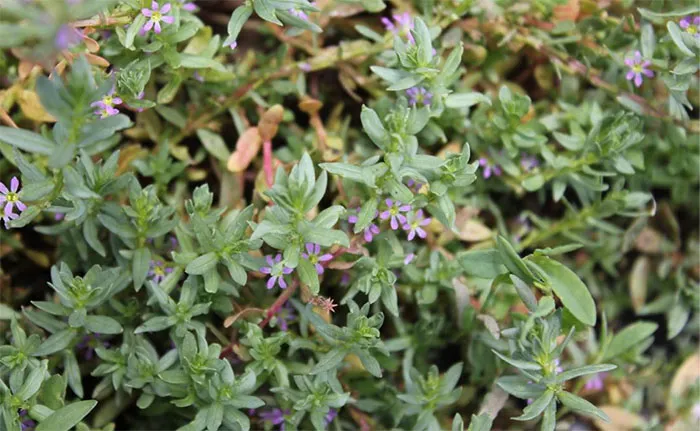By Tiffany Bennett
Wet summer can result in above average summer weed populations and potentially result in livestock deaths.
While some summer weeds can provide quality feed, especially when no other green feed is available, some can create toxicity issues.
Many toxic weeds are unpalatable to livestock and often will only be consumed in situations where livestock are hungry and have nothing else to eat.
Situations often arise when weeds are present in stubbles. The majority of the value in a stubble is in the leaf and spilt grain.
The ‘real’ feed availability in the stubble can be deceiving, often leading to stock mainly consuming the ‘green’ weeds.
Some plants are toxic in small amounts while others have a cumulative effect and cause damage to internal organs over time.
The toxicity of summer weeds can vary from season to season and depends on the growth stage of the plant. Wilting, stress on the plant such as insect attack, or rapid growth can increase the toxicity in some plants.
Others may only be toxic on certain soil types or become palatable following herbicide application.
Introducing hungry livestock to a paddock encourages them to eat plants they would not normally, increasing the risk of them consuming toxic weeds.
In addition, livestock that are accustomed to eating small amounts of a toxic plant material can build up some tolerance, which a new mob introduced to the same area may not have.
Weeds that can cause problems include:
Heliotrope (potato weed): Heliotrope tends to be very unpalatable to livestock but some animals will eat it. Continual ingestion of either green or dry material can cause problems and signs of sickness or death are often delayed for weeks, months or even years.
Ruminants have some tolerance as some of the alkaloids (produced by the Heliotrope) are destroyed by rumen microbes.
In both sheep and cattle, liver damage occurs, resulting in reduced productivity.
Animals with liver damage should not be given copper supplementation or fed high protein diets.
If copper supplementation is given, sudden death occurs. Livestock can suffer jaundice and experience photosensitisation.
Ewe deaths as a result of pregnancy toxemia associated with liver damage has also been reported.
Lesser Loosestrife: The upright, hard-stemmed plant, with tiny pink flowers is similar to rosemary and can grow up to 40 centimetres high. It is unpalatable to livestock but has caused significant losses in sheep. It is only toxic when green.

Livestock suffer from liver and kidney damage as a result of toxic tannins.
Similar symptoms to heliotrope poisoning are exhibited. Due to the kidney damage, access to a good supply of clean, fresh water is important.
Some sheep that have had Heliotrope or Lesser Loosestrife poisoning will never recover and will have to be destroyed or culled.
Crumbweed (Clammy Goosefoot): Crumbweed has been responsible for sheep deaths in wet years. It causes cyanide poisoning, scouring and sudden death.
Paddy melons: Under normal conditions paddy melons are generally unpalatable to stock largely due to the smell but under certain conditions stock do consume them.
Losses have been attributed to paddy melons when feed is scarce.
For advice on summer weed control, speak to your local agronomist.